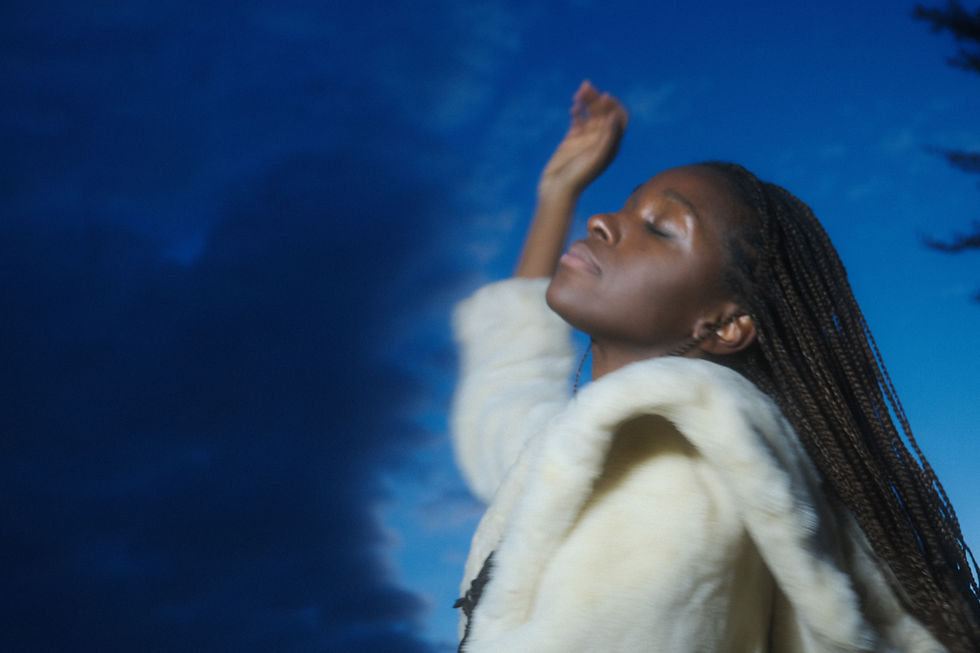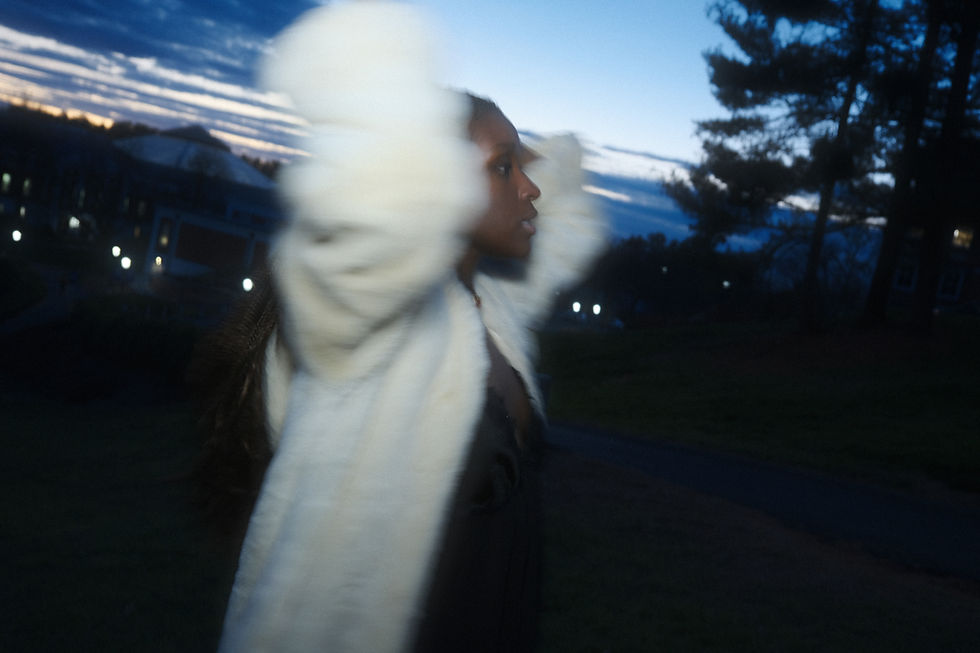To Be a Woman




For this project, To Be a Woman, I chose two texts that spoke the most to me over the course of the semester. I knew I wanted to do something on the female experience, and Audre Lorde’s The Use of the Erotic[1] and Saidiya Hartman’s Wayward Lives, Beautiful Experiments[2] had the most impact on me. With their words ringing around in my head I mulled over my attachment to these to pieces. Hartman’s stories gave life and attention to women who were so easily forgotten to history. Each short story and rendering of their traces gave them a space to occupy and a tangibility which lingered on the reader’s mind. The Use of the Erotic conceptualized feelings that I’d never been able to put into words. In the society that we live in, relying on an inner monologue, emotions, intuition, or using “I feel” to persuade or argue or go about life aren’t necessarily seen as successful or professional methods. But this is the way I’ve always functioned. I’m not saying my decisions in life are dictated by my emotions, but it’s always been more of an ability to know intuitively or feel a certain way. This thing inside of me, has always been my greatest resource, and in a sense, it’s given me confidence in myself, my feeling, and my intuition. When I create, I have a general idea of where I want things to go, some images I want to capture, but everything that comes to mind after the initial planning has always been a product of this sensation within me. To then see the product that is grown from my feelings, emotions, my erotic energy, it is enough to know that it is a considerable asset.
To Be a Woman was an explicit and conscious exercise of the erotic. Audre Lorde writes that the erotic is a source of energy that can be shared, and when it is, it forms a bridge and gains even more power.[3] Becca, the main character of this short film, is a friend that I find this connection with, which is a large part of the reason why I chose to work with her. Her creative energy is always open, and when we shoot, I feel the two of us gaining momentum, feeding off each other’s ideas, excitement, and sharing joy. In the production of the short film I had to think like the main character of my piece, and how to bring her to life within the text that I had selected as my inspiration. In doing so, it was an exercise of how to practice the erotic. In class there were several questions about feasibility and realistic actions with the theories and principals we were learning about in class. I see my short film as an example of putting theory into practice.
To Be a Woman follows the main character throughout a day in her life, similar to Hartman’s stories, animating fragments of diary entries and photographs. Her day is largely unremarkable— it is clear that the abuse she suffers from her boss is nothing new from her emotionless barely-there reactions, and she is not identified or named in the film. This absence of identity was purposeful, making her more of a universal character to womankind. She passes her time during the day listlessly, as if she is barely living, barely breathing. These feelings of objectification, flatness, and suppression are relatable to women. When twilight begins, day changing into night, we see her awaken. She steps into frame on the hill with the setting sun in the back, and blue hour beginning. The most evident cue of a shift is in her clothing which holds much more character, and an air of boldness, sensuality. She breathes in the changing air and becomes conscious in the moment she finally looks into the camera.
The film follows her are she goes to the grocery store, buys a cake and some lipstick, puts the lipstick on in her car, and proceeds to finish off with a ceremony of cake eating and cigarette smoking. The goal of these sequence of events was not to be logical or have some sort of epic adventure. It was mainly an exercise of agency, of being able to do what she wants, when she wants, in the manner that she wants to. The imagery is quite visceral as well, a close up shot of her cake smeared hands, leaning into the flames to light the cig in her mouth, putting out the cig in the cake, and the final scene of her hand, taking one last clawful of the cake. My intentions were to focus the viewer’s attention and make them feel a certain way. I would say this feeling is indescribable as it is so subjective, but the aim was something being off-kilter, and not within the norms of a pleasantly insipid emotional state that we consider ‘peace’ or ‘normal’. Perhaps it was a bit uncomfortable, the sheer strangeness of the events, or perhaps it seemed a bit too sensual, with all the cream being smeared and touched. In the end my goal was to use both sides, the film and the literature, to enhance each other, and bring forward an emotional connection between the work and audience. To Be a Woman, for me, is a thought piece, and perhaps even a reflection, of how my consciousness has internalized and processed The Use of the Erotic and Wayward Lives, Beautiful Experiments. I hope this piece lingers in its viewers minds, bringing Hartman and Lorde’s words into conscious streams of thought, until one day, those streams become rivers, and rivers into oceans.
[1] Audre Lorde, “The Uses of the Erotic,” in Sister Outsider, 1984.
[2] Saidiya Hartman, Wayward Lives, Beautiful Experiments (New York, NY: W.W. Norton & Company, 2019).
[3] Lorde, “The Uses of the Erotic,” 89.
Works Cited
Hartman, Saidiya. Wayward Lives, Beautiful Experiments. New York, NY: W.W. Norton & Company, 2019.
Lorde, Audre. “The Uses of the Erotic.” In Sister Outsider, 1984.